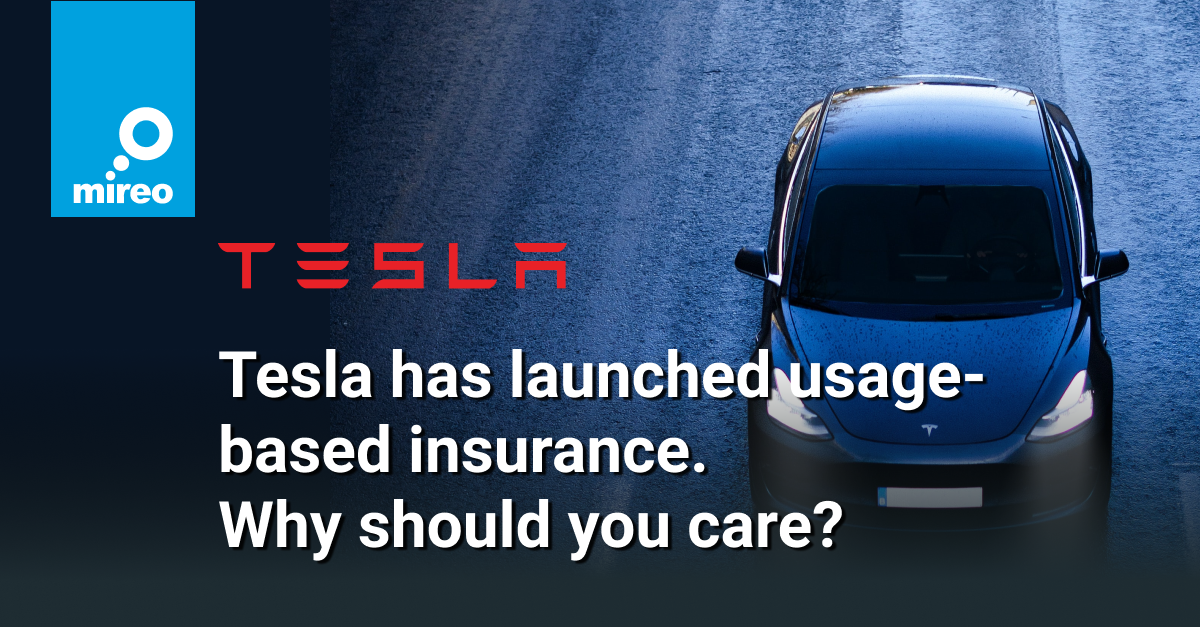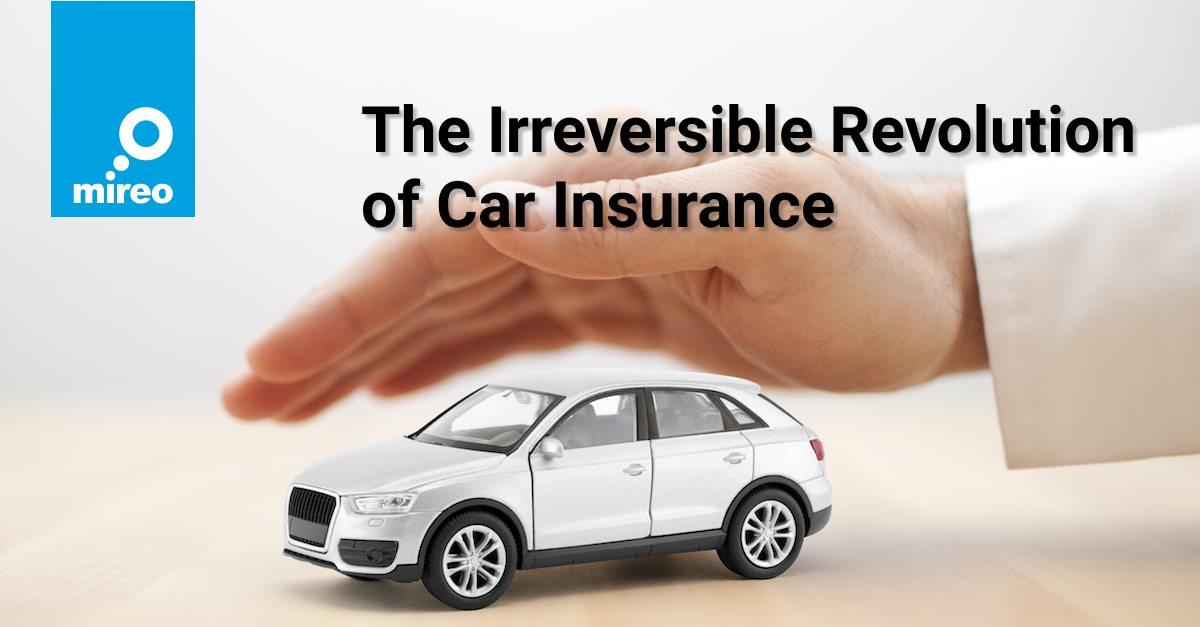Why do connected car data fail at monetization?
As it turns out, two of the three main reasons rely on the data itself. McKinsey identified three main reasons for the slow progress of data monetization:
- the lack of end-to-end access to terabytes of per-car data generated daily
- the failure to deliver services from idea to vehicle integration at an extremely fast pace - within six weeks
- the focus on aftermarket services, as opposed to the monetization throughout the vehicle life cycle
The sheer nature of connected car data - the temporal and geographical interdependence - makes it technology-wise extremely challenging to handle, exploit, and generate value.


The present analytical tools don't allow rapid and effortless development of services on top of large-scale connected car data. The existing tools are complex and require long training and skilled professionals from various IT branches, making the entire process lengthy and expensive.
On top of this, OEMs can expect even lower margins due to the necessary investments in mastering EV technology and its peculiarities.



